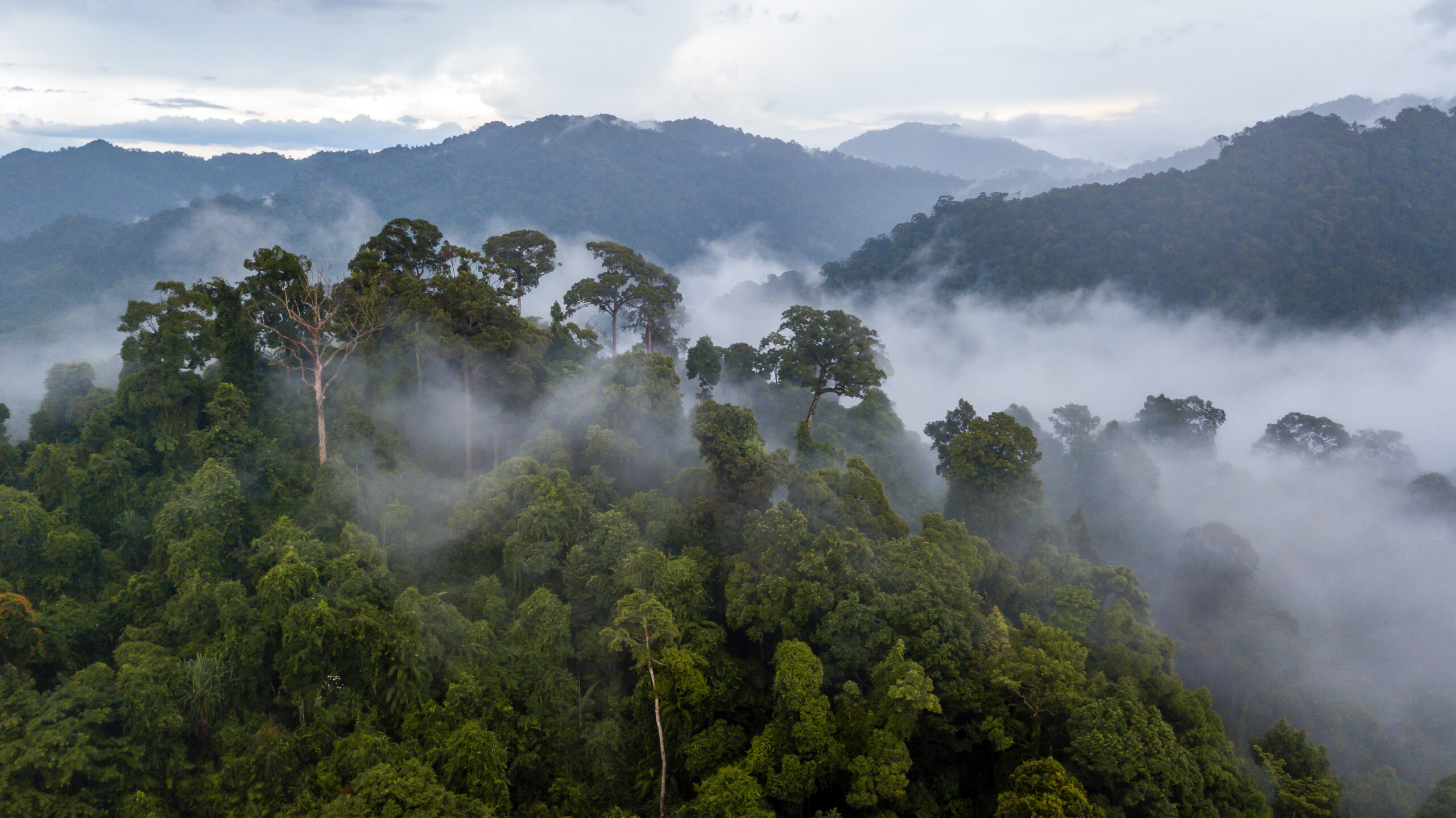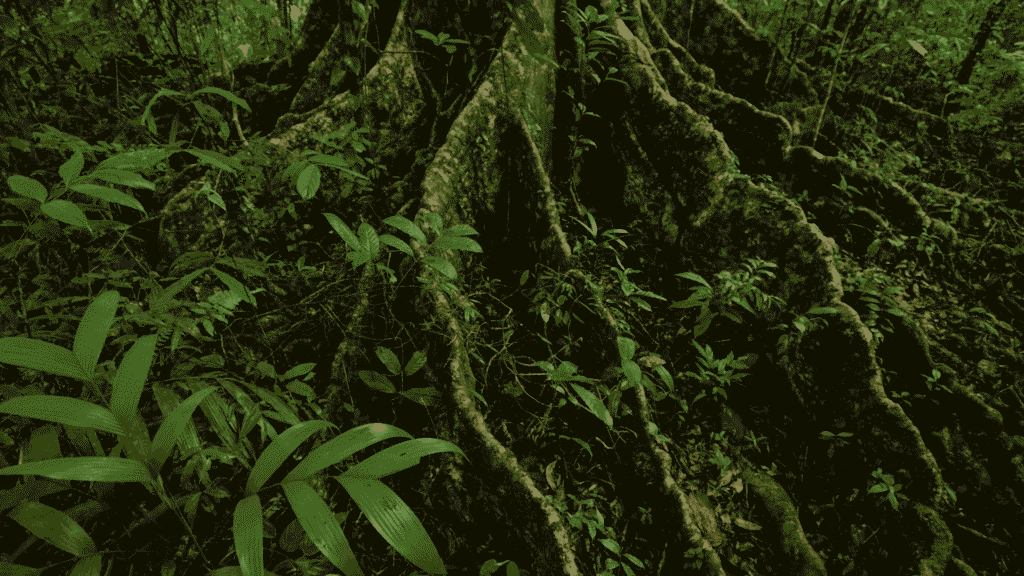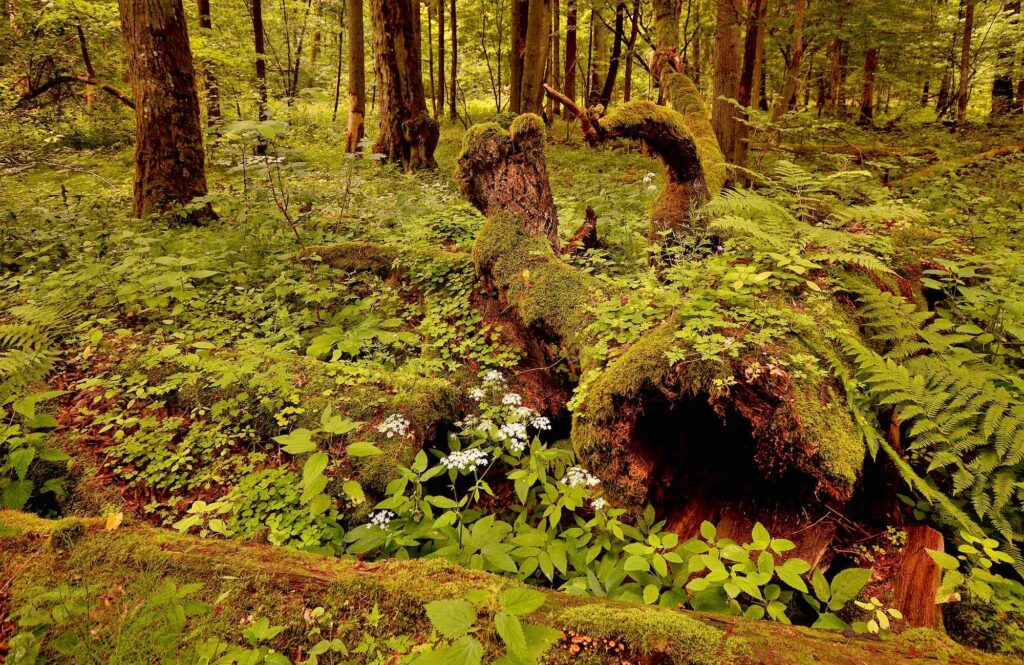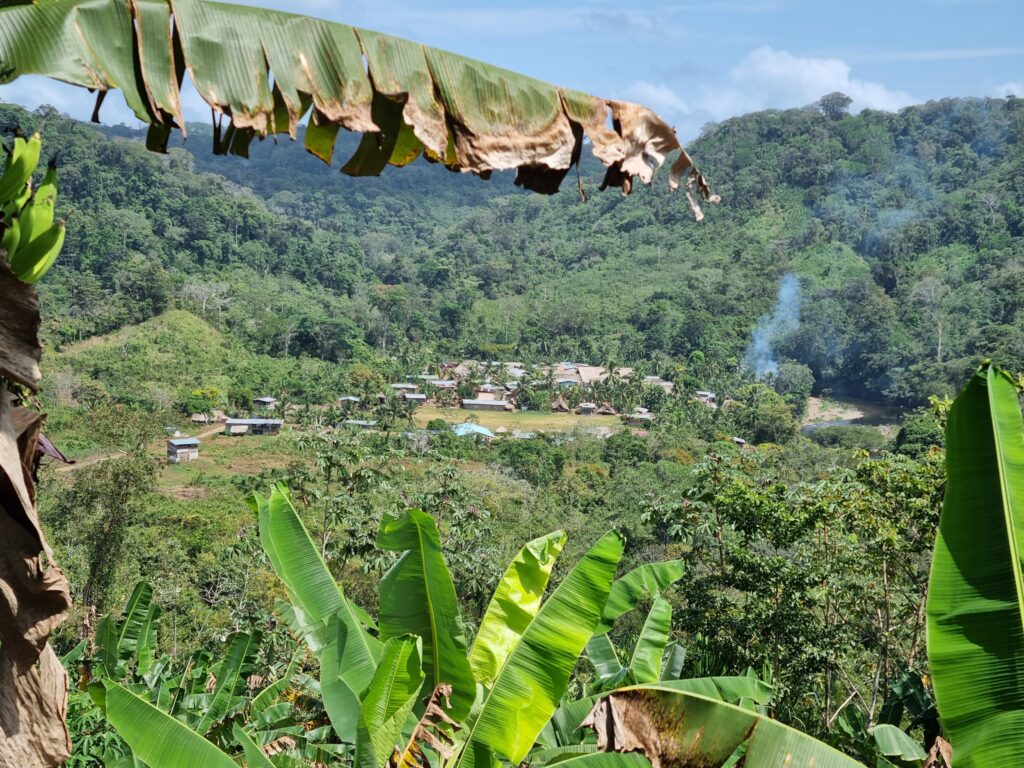The initiative gives the young people the opportunity and skills to meet and communicate with other young people, politicians and other stakeholders in an area where communication and transport are otherwise a challenge.
A project where young people from the Miskito territories in eastern Honduras, where World Forests works, have learnt to use technology to facilitate their communication and collaboration across territories has yielded good results. Experience shows that the use of technology can promote indigenous cultural identity and democratic participation in society and development at the local level. It is usually not easy for young people in the Miskito territories to participate in the democratic processes that set the framework and priorities for the development of their region. The La Moskitia region, which covers a large area on both sides of the border between Nicaragua and Honduras, is the largest continuous natural area in Central America. Here you’ll find swamps, rivers, lagoons, rainforests, mangrove forests and, not least, large areas of pine savannah. Distances are great and communication between indigenous peoples internally and with the outside world is often difficult in this vast, remote and isolated region, where both the level of development and state attention is very low.
The members of Red Juventud Miskitu MASTA are well aware of this, which is why they have welcomed the opportunity to work with new technologies that can overcome the difficulties of travelling around the area to organise and work on their political project. Roger Benneth, leader of the Masta youth organisation, says: “It’s almost impossible to organise young people here. Travelling to different places in La Moskitia is quite expensive. Organising a single gathering or meeting can cost more than 2,500 US dollars. It’s very difficult.”
Armed with smartphones, computers and access to social media, talk time and data, the young people have spent the last six months learning through online training about technological possibilities and how they can use them to organise and mobilise themselves and other young people. At the same time, they have used the increased access to communication and information to strengthen their self-confidence, cultural identity and belief that they can democratically influence through action.
In total, 13 experts have been involved to provide training on various topics. The Miskito youth organisation, Red Juventud Miskitu MASTA, has carried out the project in collaboration with the development organisation MOPAWI from La Moskitia and World Forests. Global Focus has provided financial support through the Tech for Democracy initiative.
Access to politicians and media
The project and what the young people have learnt has opened doors to politicians, social platforms and local and national mass media where their voices can be heard. For example, the young people met virtually with the Minister of Development, José Carlos Cardona, and with member of the National Congress, Erika Urtecho, representing the La Moskitia region, to discuss political issues and seek support from the national government in favour of La Moskitia. Among other things, they discussed professional development and work opportunities for young people, the cultural identity of the Miskito people, the management of territories and the general development of La Moskitia, not least in terms of education, health and infrastructure. According to Jhonny Sevilla, who works for the national newspaper El Libertador and has been in charge of implementing the project with the young people, these meetings have been important. “The meetings with these political personalities have opened the eyes of young people. They have realised that their concerns and opinions also count.
They have made them realise that they are also important as human beings,” he says.
The young people have also managed to make contact and be interviewed for various media outlets. This has given them the opportunity to reach out to other young people with their messages and expand their networks, collaborations and influence. Among other things, they have reached out to young people who have moved away from the region so that they can also participate and support the cause of young miskitos.
At the same time, the young people have learnt to create digital communication campaigns from scratch, which they publish on Facebook, for example. They have created campaigns about tourism, traditional medicinal plants and about Miskito culture and identity. For Terry María Doria Maxwell, one of the young people in the project, it has been very rewarding to be involved:
“We have learnt many things that will help us in the future: How we can create campaigns, take good pictures with our phones, and how we can use WhatsApp to organise ourselves, which we didn’t do before. It’s been a very good experience,” she says. The hope is that the network will grow in the future, giving the Miskitos more democratic influence in a country where they have often felt marginalised and ignored, not least by the country’s political system. The social network that the young people have managed to build has now become very active, and this has created optimism for increased engagement in political processes in the future.
“We are interested in how best to work with the network to grow it. We need to expand our membership and continue building our political agenda for participation and influence,” says Jeremías Salinas Talavera, one of the young people who participated in the project.Great commitment from young people
The project participants have worked with two components: training in digital media and the acquisition of mobile phones and computers to put the activities into practice. A total of twenty-eight young people have participated, with at least two representatives from each of the twelve Miskito territories and members of the board of Red Juventud Miskitu MASTA. “We were afraid that they would drop out after a few weeks. So we made a special effort to bring in external experts and to work in groups so that the virtual events would be more engaging and
interesting and so on, and it has worked really well. In the end, the majority of the group has participated all the way through the project. They’ve participated from their phones every Thursday evening when we’ve organised virtual training events. We’ve been very pleasantly surprised by how much real engagement they really have,” says Jhonny Sevilla.
Pressekontakt
Jonas Schmidt Hansen
Hvem er Verdens Skove?
Vi arbejder for at bevare verdens skove. Både i Danmark og verdens regnskove. Nogle af vores fokusområder er bæredygtighed og lokal forankring.
Seneste artikler

Få nyheder fra skoven
Du får fortællinger, events, kampagneoplysning og skovnyheder fra hele verden.





